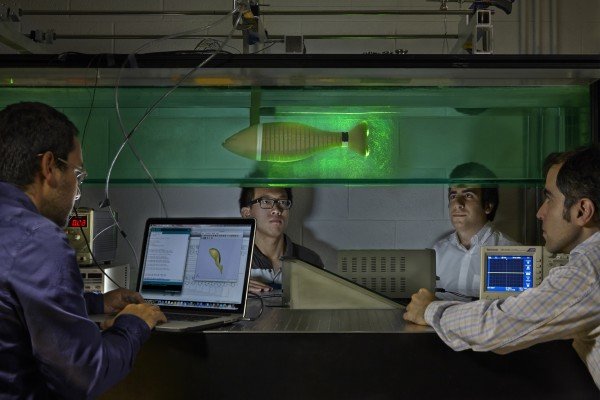MIT researchers and colleagues have released the first draft of the dog genome sequence, which could aid the characterization of dog diseases. The draft has been deposited into free public databases for use by biomedical and veterinary researchers around the globe.
The researchers, led by Kerstin Lindblad-Toh of the Broad Institute and Agencourt Bioscience Corp., are currently comparing the dog and human genome sequences. They plan to publish results of their analysis in the next several months. The Broad is a partnership among MIT, Harvard and affiliated hospitals and the Whitehead Institute for Biomedical Research.
The breed of dog sequenced was the boxer, because analyses of 60 dog breeds found it was one of the breeds with the least amount of variation in its genome and therefore likely to provide the most reliable reference genome sequence.
The dog genome is similar in size to the genomes of humans and other mammals, containing approximately 2.5 billion DNA base pairs. Due to a long history of selective breeding, many types of dogs are prone to genetic diseases that are difficult to study in humans, such as cancer, heart disease, deafness, blindness and autoimmune disorders. In addition, the dog is an important model for the genetics of behavior and is used extensively in pharmaceutical research.
To best characterize disease in dogs, it is important to have a sufficient number of markers in the genome. Therefore, in addition to the boxer, nine other dog breeds, four wolves and a coyote were sampled to generate markers that can be used in disease studies in any dog breed. A preliminary set of about 600,000 single nucleotide polymorphisms (SNPs), which amounts to a SNP roughly every 5,000 DNA base pairs, is currently being aligned to the released assembly.
Sequencing of the dog genome began in June 2003. The National Human Genome Research Institute (NHGRI), one of the National Institutes of Health (NIH), funded the work through the Broad Institute. The Broad (rhymes with road) is part of NHGRI’s Large-Scale Sequencing Research Network.
Story Source:
The above story is based on materials provided by MIT News Office.





